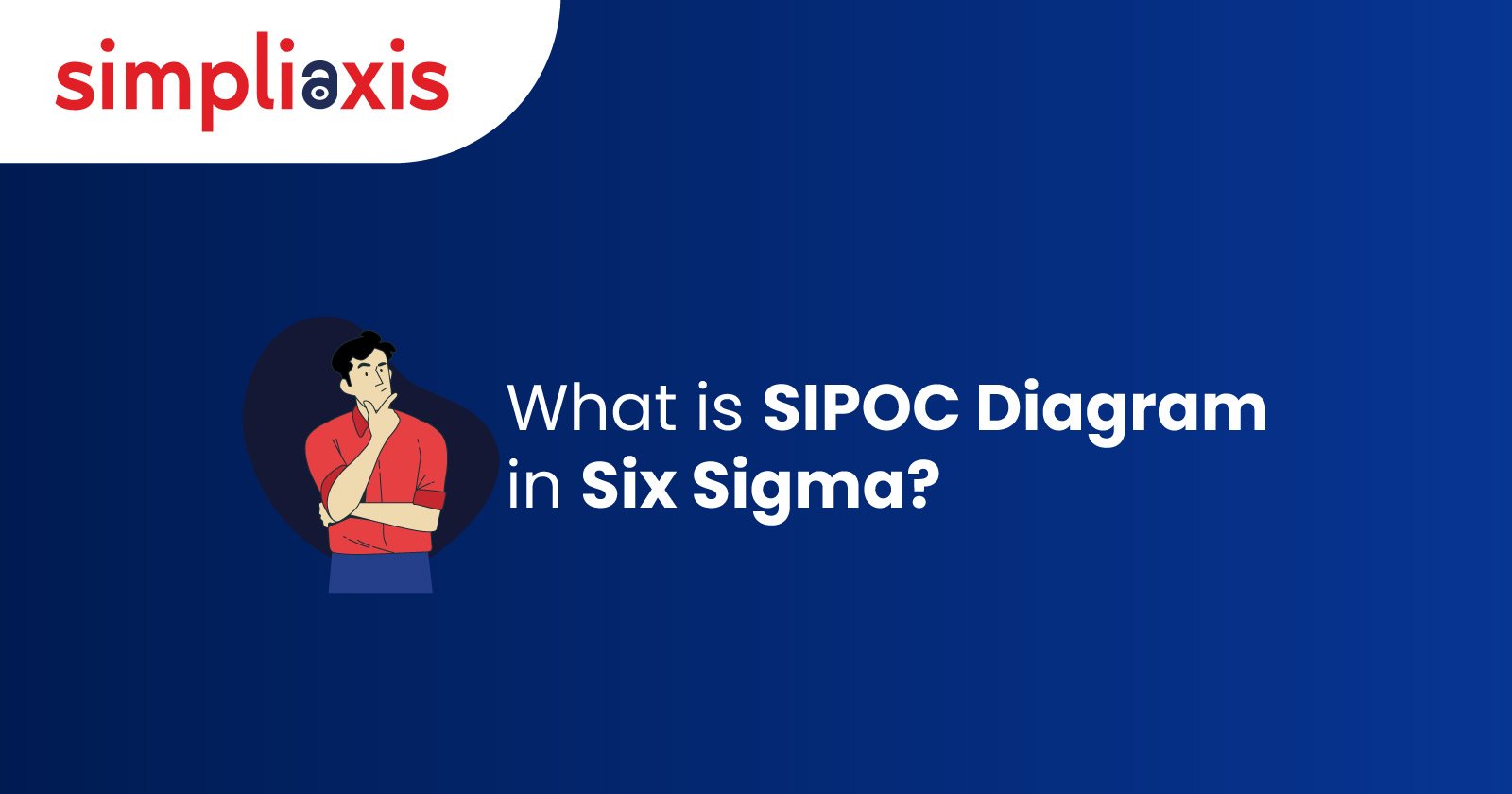Introduction :-
You always want your business to be a success. And you are willing to do every possible thing to achieve that end. But the thing is that there is a full cycle or series of events/processes that make a business. You must monitor every step to make sure that every event in the cycle works without any hindrance and the cycle is completed smoothly so that you achieve the end result. Every event in the process is equally important and is interlinked. So, in a process, even if one activity does not perform well, the whole process may crash or fall off track. Many factors define the success of your business, and you need to keep a close watch on each. A bad business process means low-quality products, which in turn means dissatisfied customers. So you will go all out to ensure that your process is smooth so that your customers are satisfied with your end product.
Any process aims to add value to something. You get some raw material, which could be in the form of some physical material, information, or something else. It passes through the process you have set in your organisation and produces a finished product that is of use to your end customer. There is a direct relationship between what you get as raw material and what you provide your customer as an end product. Even a raw material supplier has to adhere to a certain level of quality because your process is set to processing from that level onwards only so that your end product meets the requirements that the customer has asked for. Then how can you match these two? The answer is the SIPOC diagram in Six Sigma.
What is a SIPOC diagram?
Let us first understand what SIPOC is in Lean Six Sigma. The full form of SIPOC is S for Supplier, I for Input, P for Process, O for Output, and C for Customer. A SIPOC diagram is a tool that captures and records a business process in a diagrammatical form before it is implemented. We know LeanSix Sigma projects havefive phases called DMAIC in short (Define, Measure, Analyze, Improve, and Control); the SIPOC diagram is used in the measure phase. It is used as a process mapping tool but is more detailed. Process mapping means putting together the goals of a project and how they will be achieved. The process mapping ensures that every member of the team and the management think alike on that particular project.
As the name suggests, theSIPOC diagram has five elements. "Supplier" means the one who provides inputs for the process; it means the thing that starts the process. The process is a set of interrelated activities that add value to input; the output is what you get once the process is completed. The customer is the one to whom you provide your output. Total Quality Management developed the SIPOC diagram in the 80s decade. And it was lapped up by Six Sigma professionals. Now it has become an inseparable part of Lean Six Sigma projects.
Why a SIPOC Diagram?
Now that you know what SIPOC is in Six Sigma, you would want to know why the SIPOC diagram is required in Six Sigma. The success of your business depends on so many things, but two of the more important factors are your process and the level of satisfaction you can provide to your customers. The SIPOC diagram helps you clarify and understand the relationship between what suppliers are giving you, what the customer's actual requirement is, and how to match these two. It helps you convert customer requirements into products using the fastest possible process to create the product. SIPOC will also aid you in understanding who the actual customers are. It provides an overview of the process to those who are unclear about it. It is also used as a tool while creating a new process. More importantly, it is a tool for improving the process, starting with the SIPOC diagram. Variations in the process can be found, measured, and controlled through the SIPOC diagram. This creates a more robust process.
Also, check:What is the Measure Phase in Six Sigma?
Making a SIPOC Diagram
Having explained a SIPOC diagram in Six Sigma and its usefulness, let us move to how a SIPOC diagram is made. Making a SIPOC diagram is not a complex process. We will tell you what the SIPOC process is in simple terms. It is mainly in the form of a table or a chart. There are seven steps to complete a SIPOC diagram. Each one of them is explained below.
1. Choosing a process:
As a first step to creating a SIPOC diagram, you must choose a process that needs improvement. It could be a business process or a manufacturing process or any other process. Identify the people who play the main part in that process. You can then build a team around these people to work on the project.
2. Defining the process:
The next step is to define the process clearly. Here, high-level process mapping is done in four to five steps. Each step either has an activity or a subject in it. This defines the starting and ending points of the process.
3. Determining the output:
In this step, outputs are identified (usually 3 to 4). These outputs can be in the form of products, services, information, or materials. The information related to these outputs is also included in this section. The tone is neutral, and nouns are generally used here.
4. Identifying the customer:
The next step in creating a SIPOC diagram is identifying your customer. A customer is the one to whom you will provide your output or who would benefit from the output of the process. This customer could be an internal or external team member/stakeholder/colleague. But it is important to know who will be the final recipient or beneficiary of the output.
5. Identifying and making a list of the inputs:
The fifth step is to identify the inputs. Inputs are those resources required for the process's smooth functioning. As we have seen earlier, inputs can be in any form like man, machine, material, information, etc. But the important thing to remember here is that the list of inputs should include only the basic and main inputs. Do not make the list too long and try to limit it to 4-5 main inputs.
6. Identify and list the suppliers:
The next step in a SIPOC diagram is to know your suppliers. You have identified the inputs needed for the process. Now, you need to know who will provide or supply those inputs. Once again, these suppliers could be internal or external, or both. The point is anyone who will affect the process immediately should be included in the list of suppliers. For example, an internal supplier might provide you with the information, and an external supplier might supply the material, which could be critical to the process. So, make sure all these suppliers are in your list.
7. Sharing the SIPOC diagram:
Now that you have completed the six steps of the SIPOC diagram, it is time to share it with everyone connected to the project. Discuss the diagram with all the stakeholders, including the project initiator. And before proceeding with the process, get the SIPOC diagram validated from them.
How Is The SIPOC Diagram Beneficial In Lean Six Sigma?
The SIPOC diagram is one of the most commonly used techniques to improve processes. As we know, Lean Six Sigma works on identifying the root cause of a defect or error and removing it. It also works on minimising variations in the process. These are the common points that relate Lean Six Sigma and the SIPOC diagram to each other. The SIPOC diagram aids Lean Six Sigma in its main aim of reducing variations in the process by mapping it, thus making the process more robust and less variable, reducing variability in the output, and resulting in more customer satisfaction.
Another benefit of the SIPOC diagram is that it outlines the project to all interested parties. It helps in bringing more transparency into the organisation. New employees can work on it as part of their training. Last but not least, it encourages uniform thinking throughout the team, meaning everyone is on the same page while working on the project.
So, we have explained the SIPOC diagram in Six Sigma. It is a very powerful tool as far as Lean Six Sigma is concerned. It brings clarity about the project to all the stakeholders. It is a great instrument for process improvement.
Read more about: what process mapping is in Six Sigma?
Closing Note
This is where the SIPOC (Supplier, Input, Process, Output, Customer) diagram comes into play. As a fundamental tool in Lean Six Sigma methodology, the SIPOC diagram provides a structured framework for understanding and improving business processes. Organisations can gain valuable insights into their operations and drive continuous improvement by mapping out the sequence of events and identifying key stakeholders, inputs, and outputs.
With a clear understanding of the SIPOC diagram and its applications, businesses can streamline processes, minimise variations, and enhance customer satisfaction. By aligning internal operations with customer expectations, organisations can pave the way for sustainable growth and success in today's competitive marketplace. Join our Lean Six Sigma courses today and unlock the secrets to sustainable growth and success in today's competitive marketplace. Act now to take your career to the next level with Simpliaxis
















